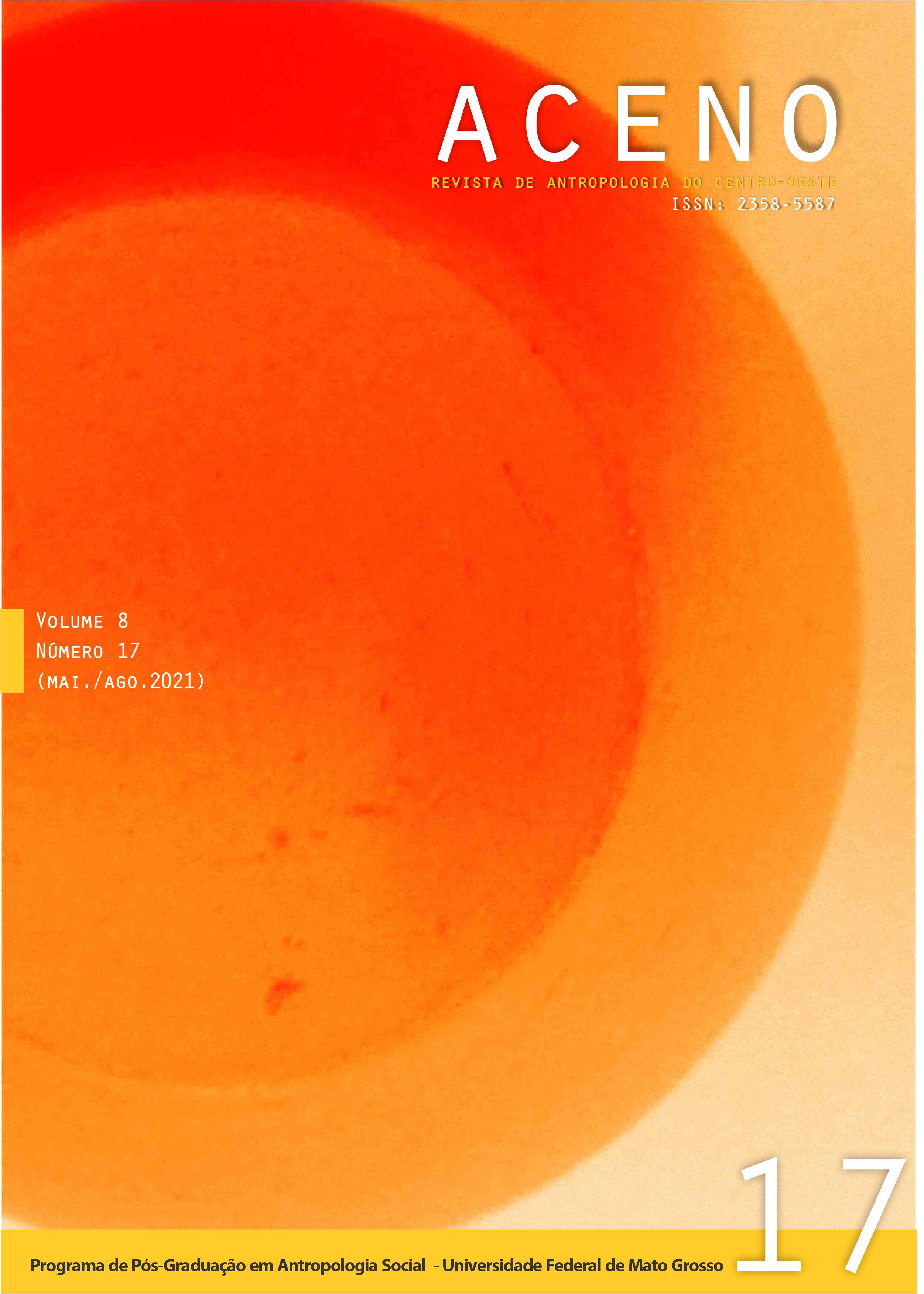Movements and transformations in the landscape: Indigenous Land, territoriality and Kaingang territory in southern Brazil
DOI:
10.48074/aceno.v8i17.12311Abstract
The analysis of the configurations of the current Kaingang territory shows that the last two centuries have had different consequences for changes in the ancestral landscape, inaugurating a series of controversies due to its traditional use and occupation, which are supported by the logic of the Great Divider. Ethnography allows us to perceive that this historical process is translated from the shamanic perspective of the territory, situating the various socio-spatial arrangements resulting from it in terms of its cosmopolitics. This perspective articulates the constitution of the local group with forms of sociability based on reciprocity, as we see in the importance attributed to exogamic halves, in such a way that it constitutes a privileged point of view in the relation to otherness, notably, when interacting with cities and the powers from the white people world.
Downloads
Published
Issue
Section
License
As autoras ou autores cedem gratuita e automaticamente à Revista ACENO os direitos de reprodução e divulgação dos trabalhos publicados.














